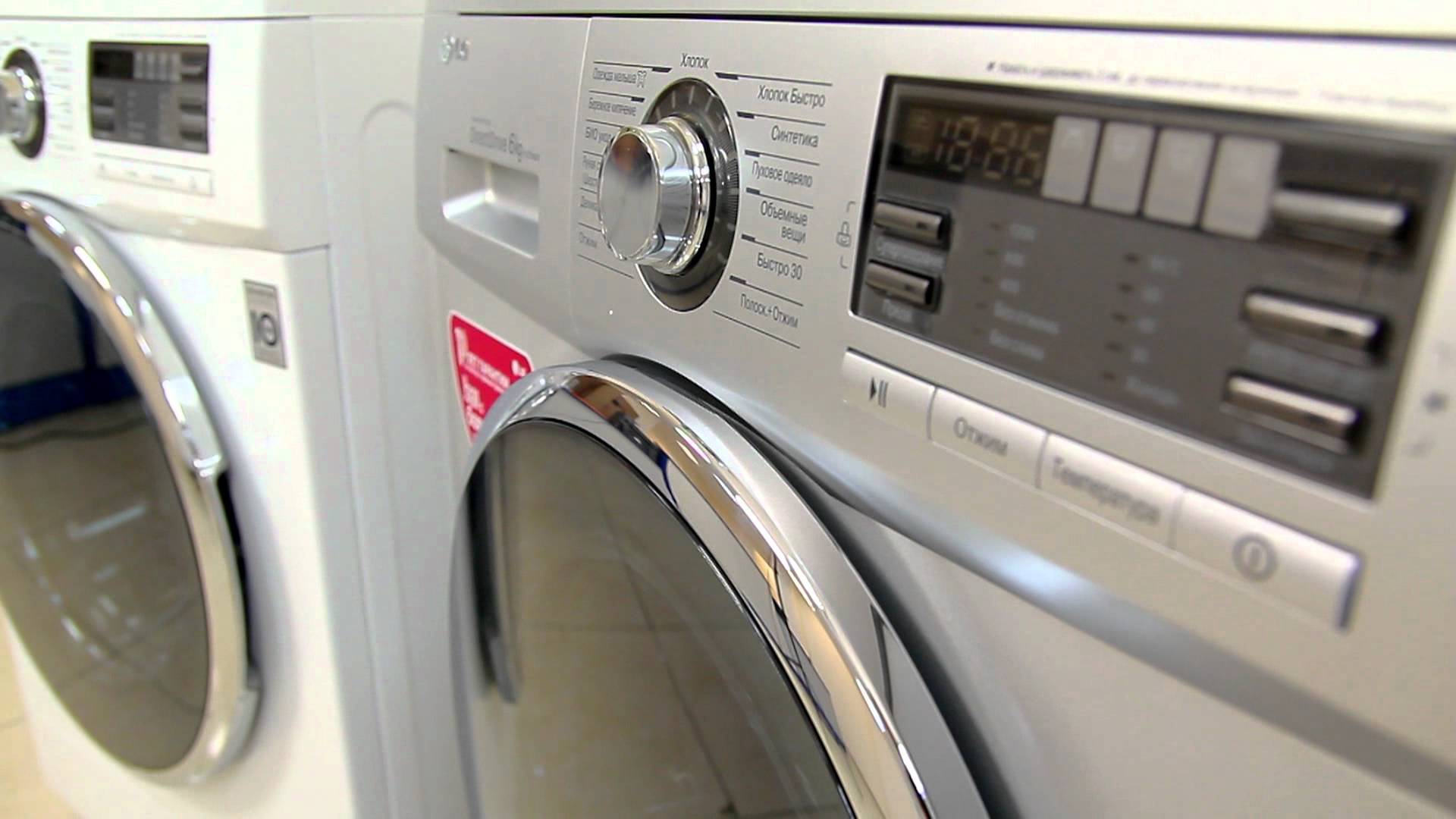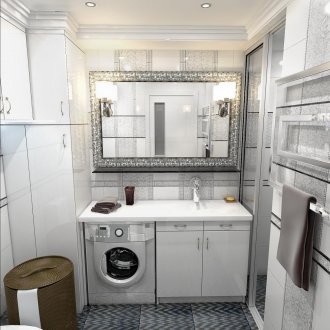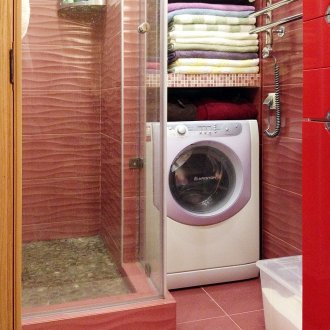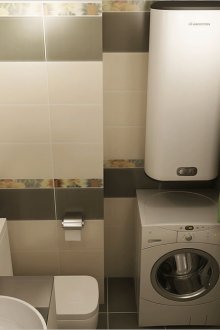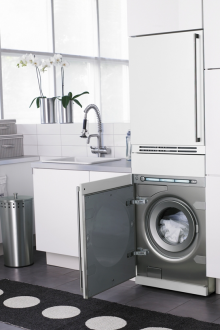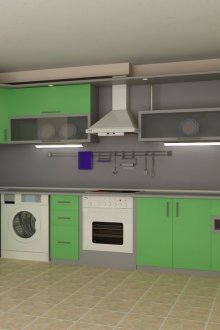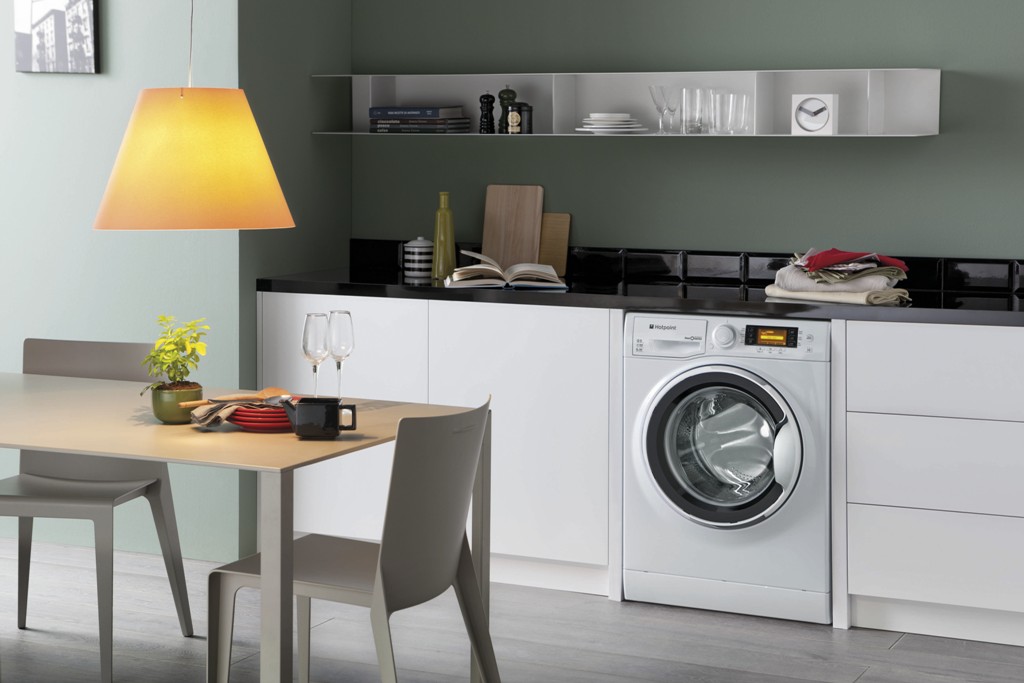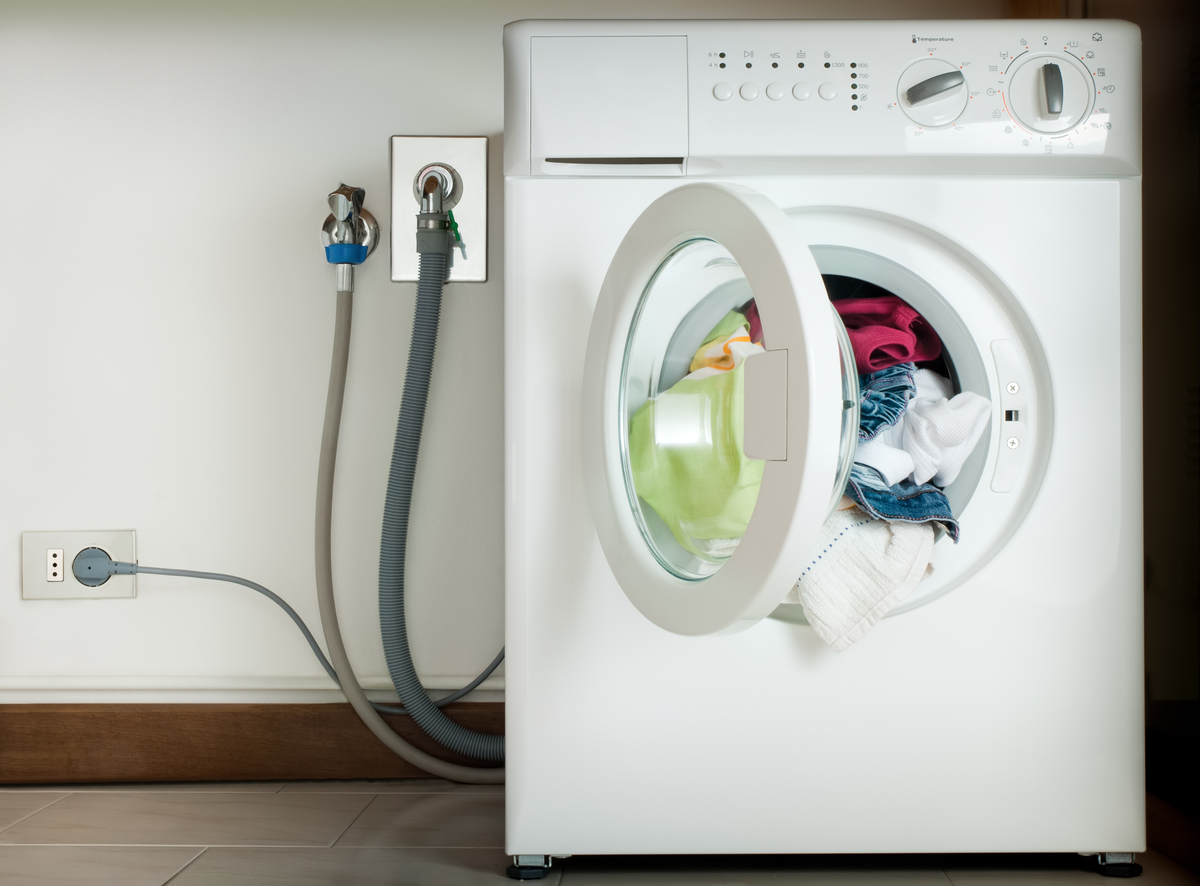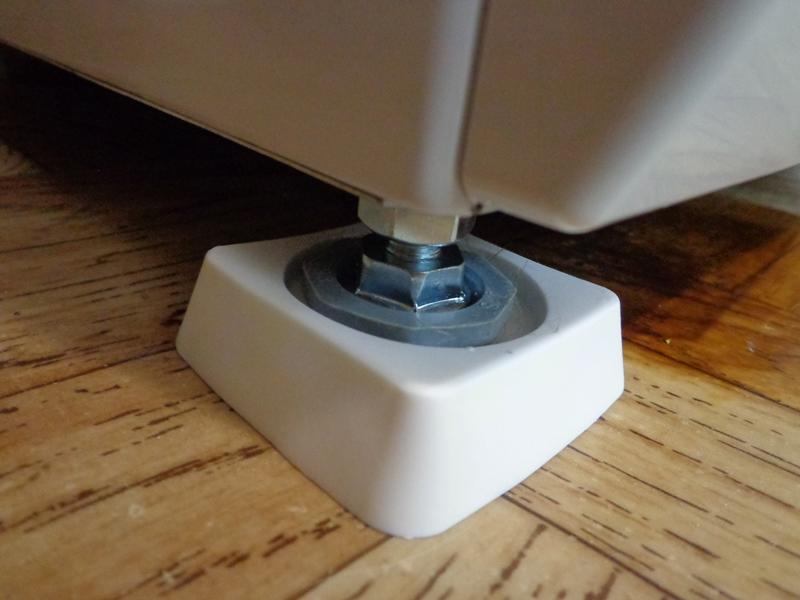How to install and where to put a washing machine in an apartment
Content
A properly functioning washing machine is the guarantee that our clothes and linen will be constantly clean. However, in order for this our assistant to work properly and to clean properly, she must be correctly installed. Many home appliance stores provide a free shipping service. However, you will have to pay for the connection and installation. How to install a washing machine in the bathroom?
Where to place the washing machine?
Typically, the washing machine should be in the bathroom. The exception is a small-sized apartment with a deficit of free space. In this case, the machine can be installed in the kitchen. The kitchen, by the way, has an advantage over the bathroom in this regard due to the lack of high humidity. In addition, when the bathroom is combined, it is inconvenient to use it when the machine is turned on, if the outlet is outside the bathroom. The door at this moment, of course, should be open.
You can put a washing machine in the hallway. However, this is inconvenient due to the distance from the pipelines. An excellent option is to install the machine in a room that is separated from the bathroom by a thin partition. This partition will not become a big obstacle when connecting the washing machine to communications.
Connecting the washing machine to the piping
So, you have decided on the place where the washing machine will stand. Now you can proceed to the main stage of work - installation and connection. First, we connect to the water supply line and to the sewer, then to the mains.
To connect the washing machine to the water supply, you will need:
- valve;
- tee;
- adapter "1/2 inch - 3/4 inch";
- PTFE sealing tape (FUM tape).
We install a tee on the water supply, we connect a valve to it. The other side connect the valve to the water supply line to the washing machine using an adapter. FUM tape is useful for sealing the connection of the valve and the water supply line to the machine and if metal is connected to metal.
Now we connect the washing machine to the sewer. This is a more complicated operation than connecting to a water supply. When the washing machine is operating, you can simply drain the drain hose into the bath or toilet. However, firstly, the same bath after this will have to be cleaned. And secondly, if the hose is poorly fixed, then this is fraught with its breakdown. The water used in the machine may get on the floor.
To avoid such problems, it is still better to reliably connect the water outlet from the machine to the sewer line. But when the washing machine is working, you can not worry and do something useful at this time.
If the sewer pipe is cast iron, then you will have to connect the drain through a tee to one of the siphons. As a rule, they are installed in three places: after the bath, washbasin and sink. The second solution to this problem is more radical - replacing the entire sewer system, but this will require a lot of effort. But to connect the drain of the washing machine to plastic pipes is much easier. It is advisable to connect the drain hose of the washing machine to the siphon. The connection between the hose and the sewer pipe must be sealed with a rubber sleeve that must be purchased.
The final step in connecting the washing machine to the water supply and sewage system will be to check the tightness of the connections. To ensure tightness, before connecting, lubricate all connections with sealant.
How to install a washing machine on a wooden floor
What if the washing machine needs to be installed on a wooden floor? In this case, you need to prepare the surface on which the machine will stand. To do this, you need to drill 4 holes in the floor. 4 tubes of the same length are inserted into these holes - it is important that the surface is located strictly horizontally. Instead of tubes, corners of the same length can also be used.
Then on these tubes or corners we install a sheet of chipboard or plywood of large thickness and attach it to each tube or corner. On this sheet we lay a rubber mat on which the washing machine will be installed. To increase the service life of the obtained base, it is desirable to treat it with an antiseptic. When connecting the washing machine to the water supply and sewerage, special attention must be paid to the tightness of the joints, since the tree does not like moisture.
How to connect the washing machine to the mains
After connecting to the water supply, you can connect the washing machine to the mains. If there is no power outlet near the place where the machine will be located, you can install it there or connect the machine using an extension cord. Since the washing machine consumes a lot of power, it is advisable to connect it to a wall outlet that is connected to a distribution panel separately from the mains. This will not overload the overall wiring of the apartment. The socket to which the machine will be connected must be earthed.
Washing machine installation
After connecting the washing machine to the water supply system and the power network, you can proceed to installing it in the literal sense, because in order for it to work efficiently and for a long time, it does not vibrate and all its parts (drum, belt, springs, etc.) do not exit building, you need to set it strictly horizontally. This will help us level. The horizontal position is set using screws that secure the legs to the machine itself.
